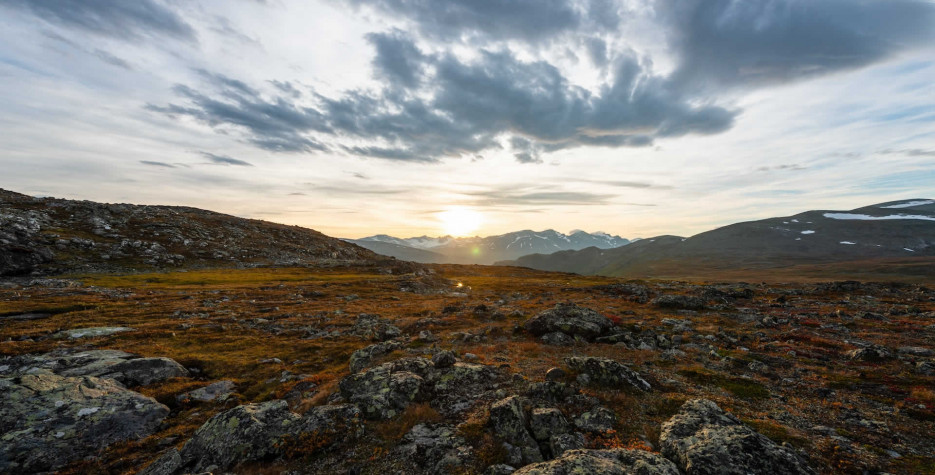About National Wilderness Month
From The American Presidency Project, Proclamation 10438—National Wilderness Month, 2022:
“From the peaks of the Sierras to the rolling foothills of the Alleghenies, our Nation's wilderness boasts national treasures that provide opportunities for discovery, wonder, and serenity. They are also the current and ancestral homelands of Tribal Nations and Indigenous peoples, many of whom have deep cultural, historic, and spiritual connections to these places. During National Wilderness Month, let us express gratitude for lands and waters that remain in their natural condition, acknowledge the importance of making public lands accessible to all Americans, and rededicate ourselves to conserving and protecting the earth for future generations.
“When designated wilderness areas are left intact, they defend us against climate change, keep us resilient when natural disasters strike, and create a refuge for biodiversity. Our Nation's forests offset 10 percent of our greenhouse gas (GHG) emissions every year. Native grasslands, wetlands, and other healthy soils retain water at faster rates, protecting us against flooding and offering drought relief for surrounding vegetation. Owing to the beauty of these places—and perhaps anticipating their environmental importance—President Lyndon B. Johnson signed into law the 1964 Wilderness Act and created the National Wilderness Preservation System. In the years since, the Congress has designated over 800 wilderness areas comprising more than 111 million acres of land.”
From Wilderness Connect, Learn About Wilderness, Fast Facts:
The Beginnings of the National Wilderness Preservation System
“When the Wilderness Act was passed in 1964, 54 areas (9.1 million acres) in 13 states were designated as wilderness. This law established these areas as part of the National Wilderness Preservation System. Since 1964, the NWPS has grown almost every year and now includes 806 areas (111,889,002) in 44 states and Puerto Rico. In 1980, the passage of the Alaska National Interest Lands Conservation Act (ANILCA) added over 56 million acres of wilderness to the system, the largest addition in a single year. 1984 marks the year when the most new wilderness areas were added.
“Overall, however, only about 5% of the entire United States—an area slightly larger than the state of California—is protected as wilderness. Because Alaska contains just over half of America's wilderness, only about 2.7% of the contiguous United States—an area about the size of Minnesota—is protected as wilderness.”
Similar Observances
Other Observances on September 1st 2026
National Wattle Day
Read More
World Alzheimer's Month
Read More










